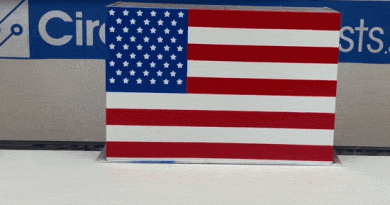Replacing the Heating Element of Your Soldering Iron
Your soldering iron works by heating the element that transfers heat to the tip. A defective heating element doesn’t allow the soldering iron to function properly and must be replaced in order to correct the malfunction, thus returning the soldering iron to its ordinary functional state. You’ll need a replacement heating element and some tools including wire cutters, a spanner wrench, and needle-nose pliers. Let’s take a look at the process of replacing the heating element of your soldering iron.
First you’ll unscrew the handle from your soldering iron by hand and pull the handle from the soldering iron. Then unwind the protective tape around the soldering iron assembly. Keep the tape for later use. After removing the protective tape you’ll see two connectors; twist the connectors’ ends and separate the the two wires from the connectors. You won’t need tools for any part of this process.
Next you’ll clip off the pair of metal lugs beside the connectors with your wire cutters. Trash the metal lugs. There is a nut at the end of your soldering iron assembly that you’ll turn counterclockwise with your spanner wrench. Finish unscrewing the nut by hand and then unscrew the ring on the end of your soldering iron.
Use the jaws of your needle-nose pliers to clamp the heating element within the end of your soldering iron. Now you’ll be able to pull the heating element from the soldering iron with your needle-nose pliers. Go ahead and trash the old heating element.
Insert your new heating element with the wire end first into the soldering iron assembly. Then screw the ring back on. Use your fingers to separate the two leads of your replacement heating element. Tighten the nut by hand and finish tightening the nut with the spanner wrench. Don’t overtighten the nut: your soldering iron naturally expands and contracts during use.
Insert the heating element’s leads in the soldering iron’s connectors and wrap the protective tape around the the connectors. The last thing you’ll do is screw the handle back on the soldering iron.
Be sure to keep the soldering iron tip clean and free of dust and other contaminants so that your soldering iron will last as long as possible.

